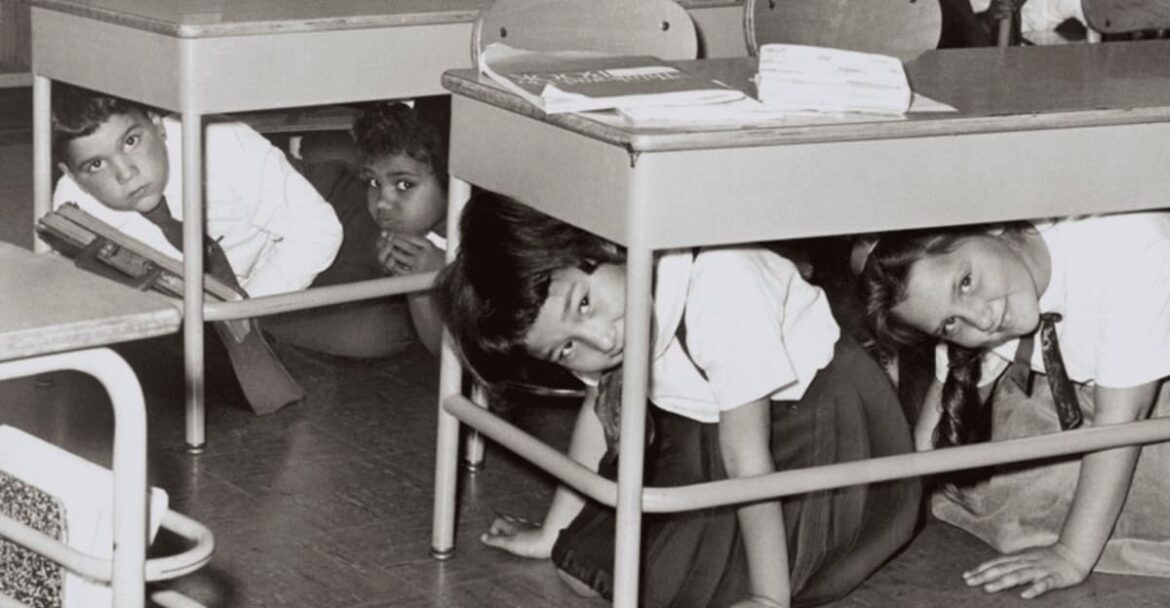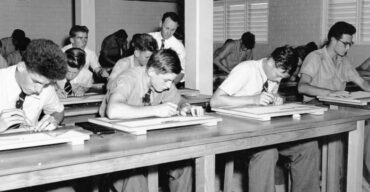Baby Boomers, born between 1946 and 1964, experienced a childhood vastly different from today’s youth. Despite the nostalgia surrounding simpler times, they faced unique challenges that shaped their resilience and character.
This blog post delves into twelve distinct experiences that Boomers had to endure as children, highlighting the societal norms and expectations of their era.
1. Limited Television Channels
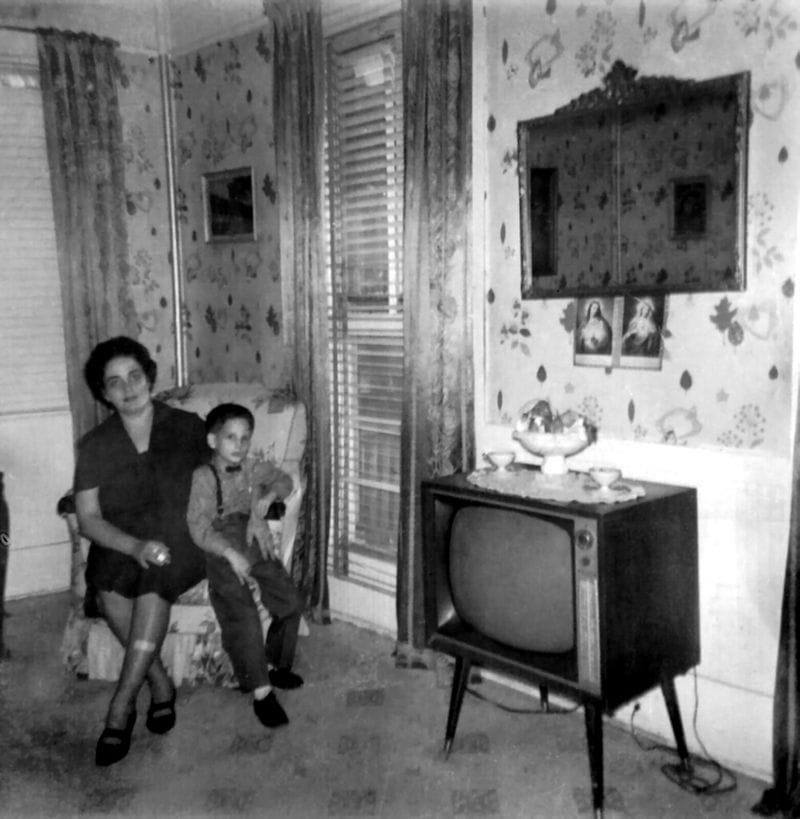
Growing up in the era of limited television channels, Boomers often had to make do with just three or four fuzzy, black-and-white stations. Entertainment options were sparse, and children had to wait patiently for their favorite shows, which aired at specific times.
Unlike today’s on-demand streaming, missing an episode meant waiting for reruns or never seeing it again. This scarcity taught patience and the value of anticipation. Families would gather around the TV, creating a shared viewing experience that fostered togetherness.
These evenings often sparked lively discussions, making TV time a cherished family event.
2. Rotary Dial Telephones
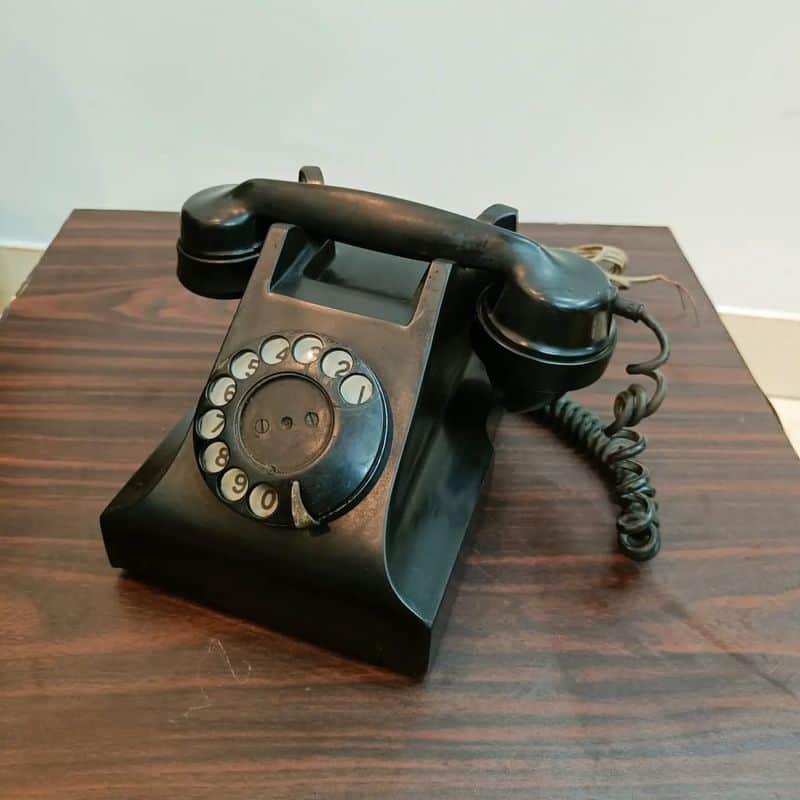
Before the era of smartphones and speed dialing, Boomers had to endure the cumbersome rotary dial telephone. Each call required patience, as users would carefully spin the dial for each digit, with mistakes necessitating a complete restart.
Phones were typically tethered to a wall, limiting privacy and mobility, often in communal household spaces. This setup encouraged concise conversations, as the family shared a single line.
These challenges taught Boomers important lessons in communication, patience, and the art of brevity, skills that remain valuable in our fast-paced world.
3. Strict Dress Codes at School
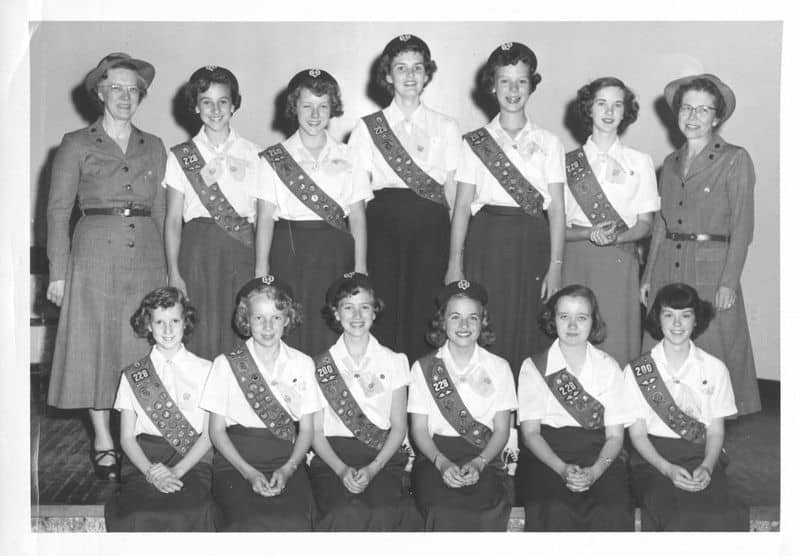
Boomers often faced strict dress codes at school, with uniforms or specific attire rules being the norm. Boys wore ties and polished shoes, while girls donned dresses or skirts, reflecting societal expectations of neatness and propriety.
These dress codes instilled a sense of discipline and uniformity, but also limited personal expression. For many, these strict regulations were a daily reminder of the era’s rigid social structures.
While some found ways to express individuality within the guidelines, others accepted it as a part of growing up, learning early lessons in conformity and societal expectations.
4. Manual Typewriters in Typing Class
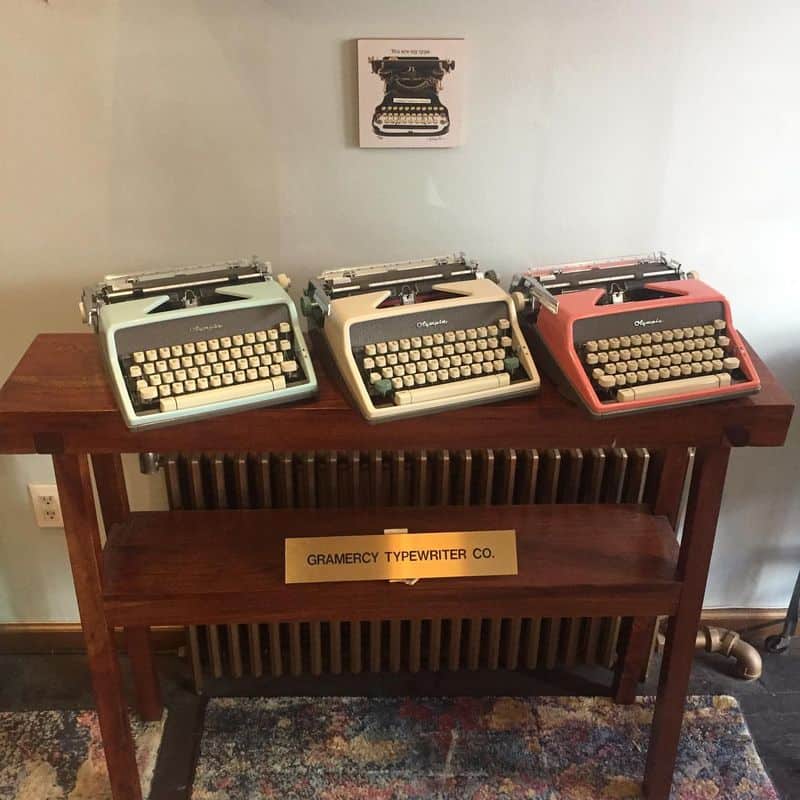
In the days before computers, typing classes for Boomers involved clunky, manual typewriters. Learning to type required strength and precision, as each keystroke demanded a firm press. Mistakes were not easily corrected, often resulting in messy, ink-stained pages.
This experience taught valuable lessons in accuracy and focus, as students strived for clean, error-free work. Typing class was a rite of passage, preparing students for future workplaces that valued these skills.
Despite the challenges, mastering the typewriter was a source of pride, reflecting diligence and perseverance.
5. Walking to School Alone
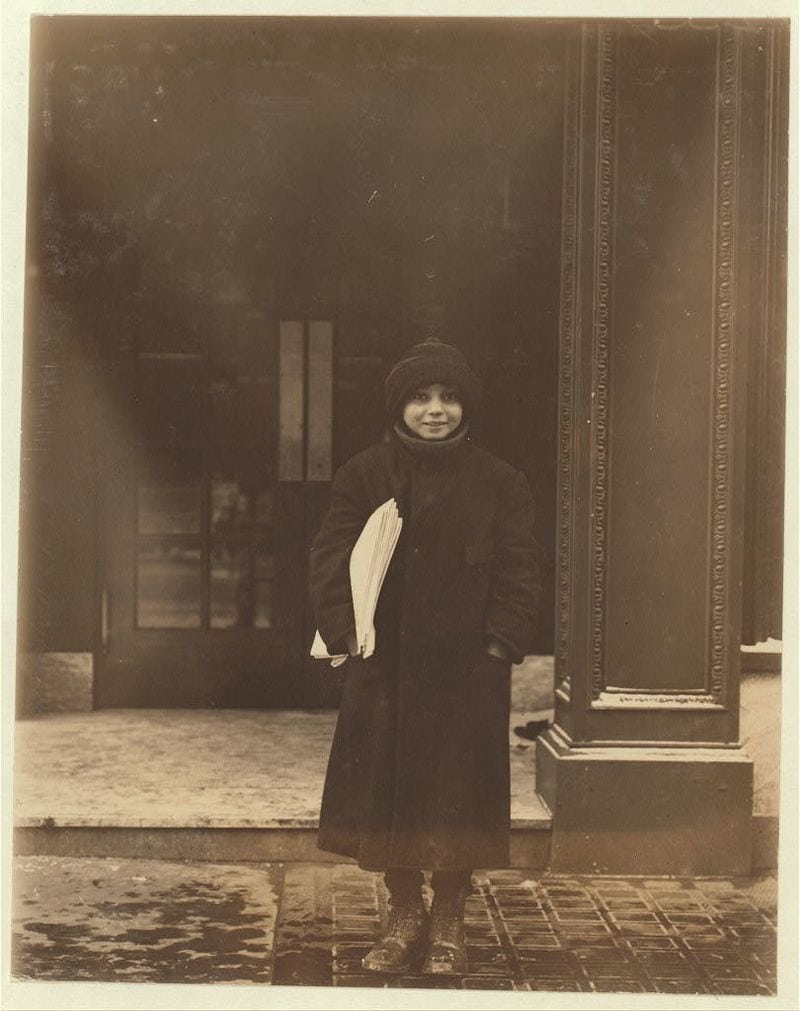
Many Boomers remember the daily trek to school, often walking alone or with friends, regardless of weather conditions. This independence was a rite of passage, fostering self-reliance and responsibility at an early age.
Parents trusted their children to navigate their neighborhoods, building a sense of community and familiarity. The journey was not just about reaching school but also about the interactions and adventures along the way.
These experiences instilled confidence and resilience, qualities that Boomers have carried into adulthood, influencing how they navigate the world today.
6. No Seat Belts in Cars
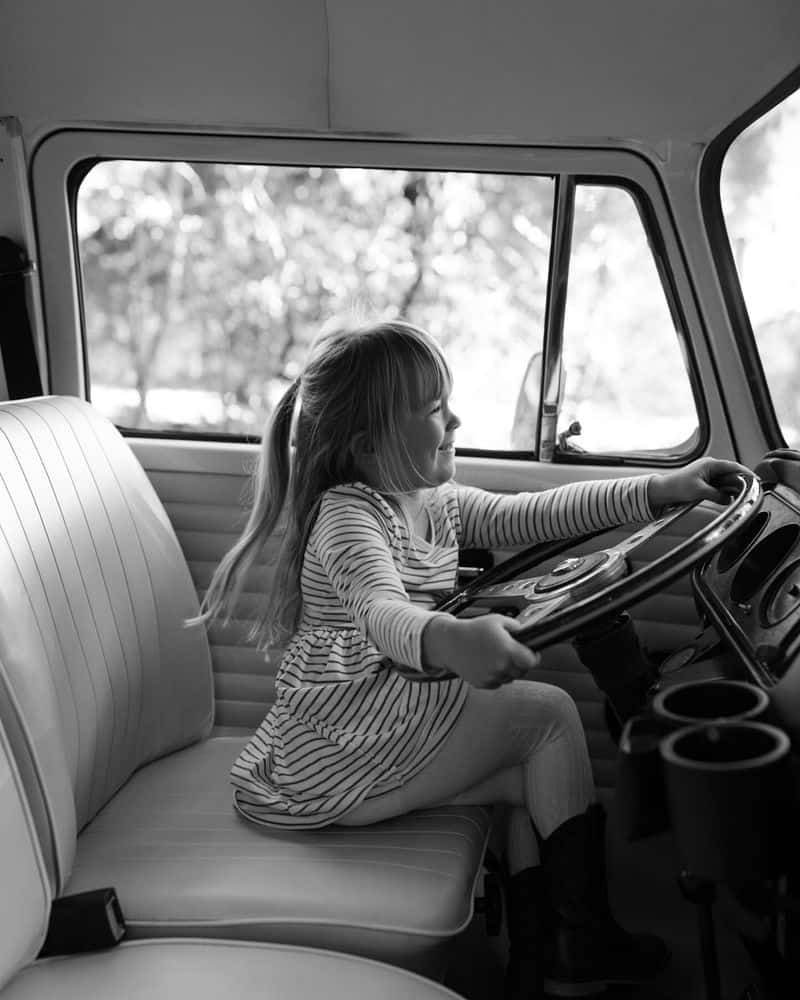
Before the implementation of strict automotive safety standards, Boomers often traveled in cars without seat belts. This lack of safety features, though unimaginable today, was a common aspect of everyday life.
Parents would hold their children in the front seat or let them roam freely in the back, reflecting a different era of safety awareness. Despite the inherent dangers, it was a time when road trips and drives were filled with carefree adventures.
These experiences highlight the dramatic evolution of safety standards over the decades.
7. Cold War Air Raid Drills
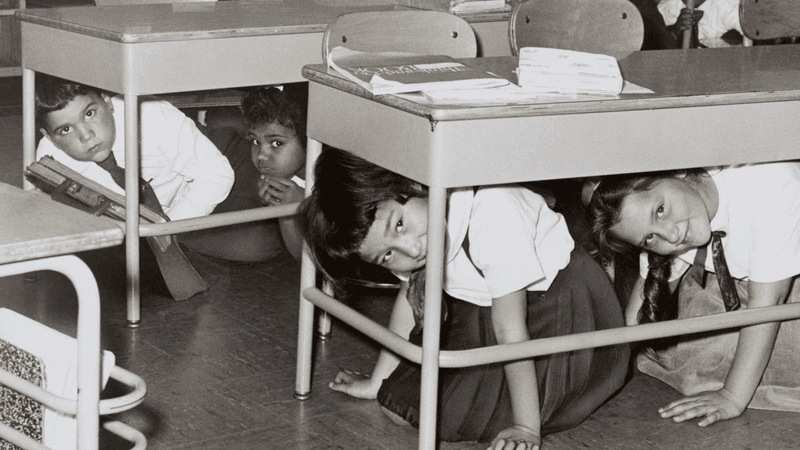
During the Cold War, Boomers practiced air raid drills as a precaution against potential nuclear threats. These drills were a sobering reminder of geopolitical tensions, as children huddled under desks or in hallways, covering their heads.
Though they were exercises in preparedness, they also instilled a pervasive sense of fear and uncertainty. The drills were part of the broader public awareness campaigns of the time, reflecting the ever-present concern of global conflict.
Such experiences left a lasting impact, shaping Boomers’ views on safety and international relations.
8. Using Encyclopedias for Research
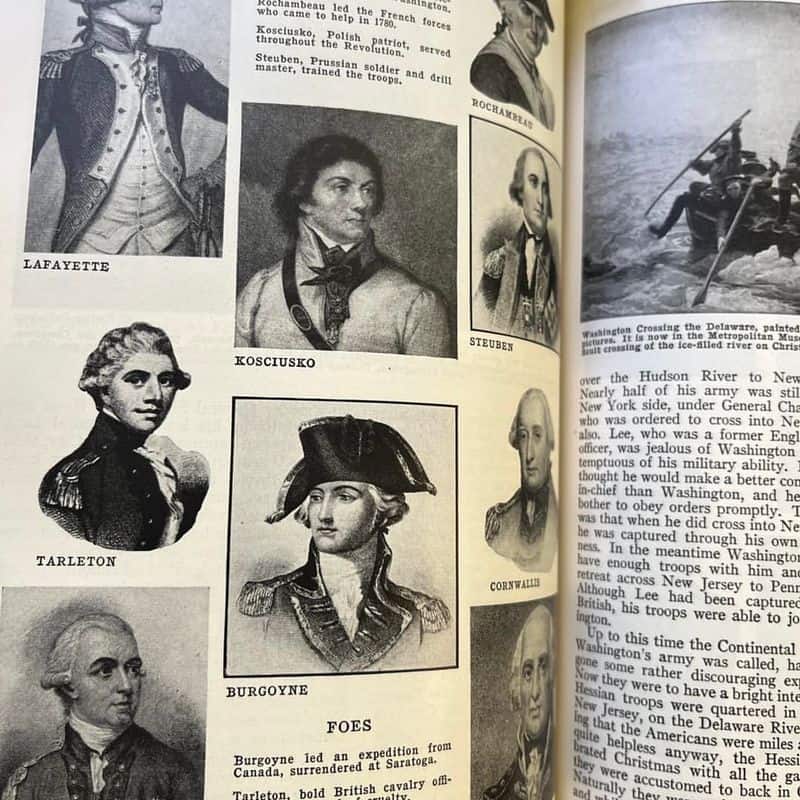
Before the internet, encyclopedias were the primary source of information for Boomers. Research involved flipping through pages of these hefty volumes, each entry meticulously crafted but often outdated.
This process required patience and perseverance, as finding specific information could be time-consuming. Students learned the importance of thorough research and critical thinking, skills that are still valuable today.
Encyclopedias represented a world of knowledge waiting to be explored, and their use fostered a love for learning and discovery in many Boomers.
9. Polio Vaccine Lines

Boomers were among the first to receive the polio vaccine, a critical public health initiative of their time. Mass vaccination campaigns were common, with children lining up in schools and community centers to receive their shots.
These experiences raised awareness of public health issues and the importance of vaccination in disease prevention. Standing in line for vaccines was a shared experience, fostering a sense of community and responsibility.
The eradication of polio became a collective triumph, shaping Boomers’ understanding of medical advancements and public health.
10. Limited Fast Food Options

In the Boomer era, fast food was a novelty, not the everyday staple it is today. Options were limited, with local diners and a few emerging chains offering quick meals.
Eating out was considered a treat, reserved for special occasions rather than a weekly routine. This scarcity encouraged home-cooked meals and family dinners, fostering a sense of togetherness and tradition in households.
While today’s fast-paced lifestyle often prioritizes convenience, Boomers grew up appreciating the value of homemade meals and the effort involved in preparing them.
11. Community Libraries as Entertainment
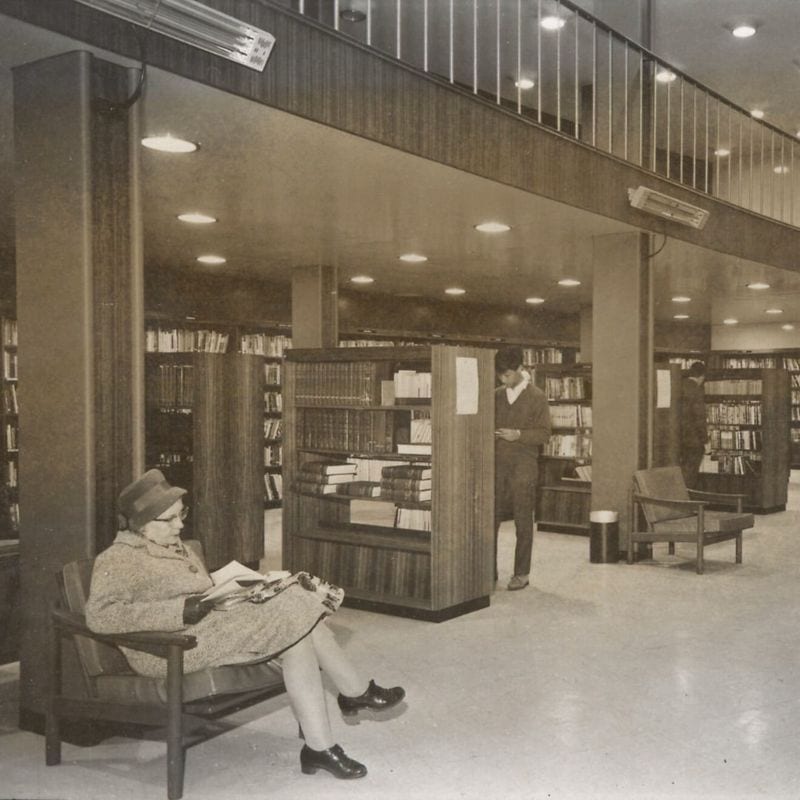
For Boomers, community libraries were a haven of knowledge and entertainment. These institutions offered more than just books; they were places for exploration, imagination, and learning.
Children spent hours lost in the pages of novels and reference materials, fostering a love for reading and curiosity. Libraries hosted events, reading clubs, and storytime, making them a vibrant part of the community.
In an era without digital distractions, libraries were essential, shaping Boomers’ intellectual growth and providing a lifelong appreciation for literature.
12. Homemade Toys and Games
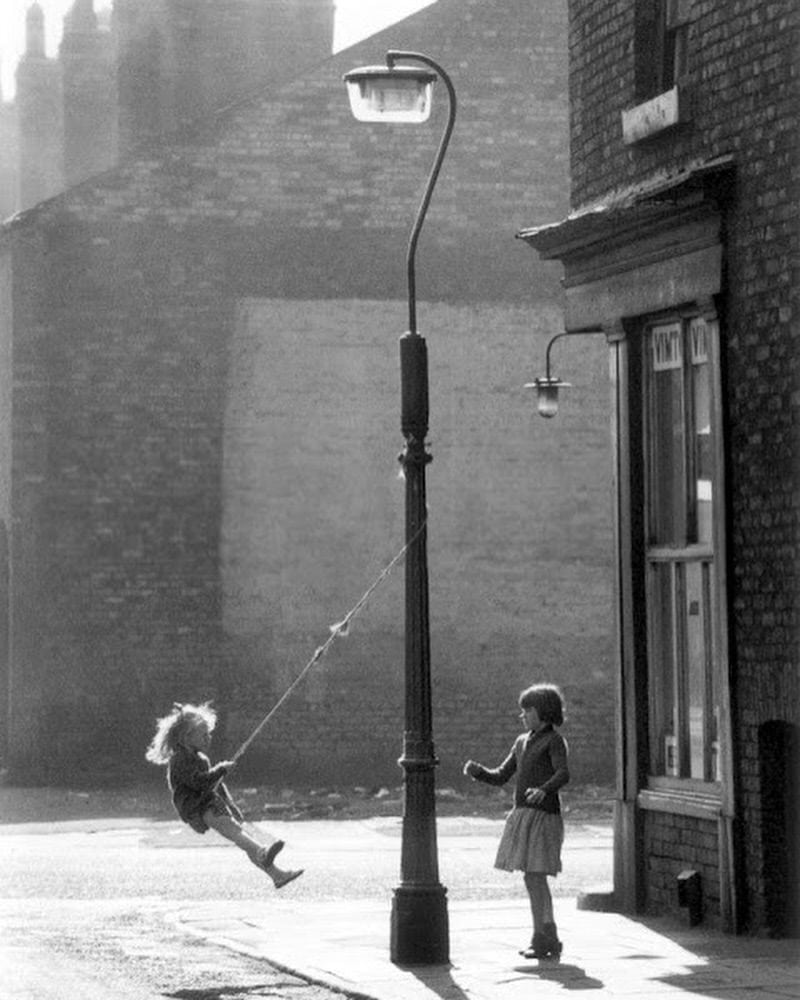
Before the explosion of mass-produced toys, Boomers often played with homemade or simple toys. Creativity was required to turn everyday items into playthings, sparking imagination and resourcefulness.
Parents and grandparents passed down crafting skills, making toys from wood, fabric, and other materials. This hands-on approach to play fostered creativity and strengthened family bonds.
While today’s children have access to a plethora of digital games and toys, Boomers remember a time when fun was created, not purchased, nurturing ingenuity and collaboration.
